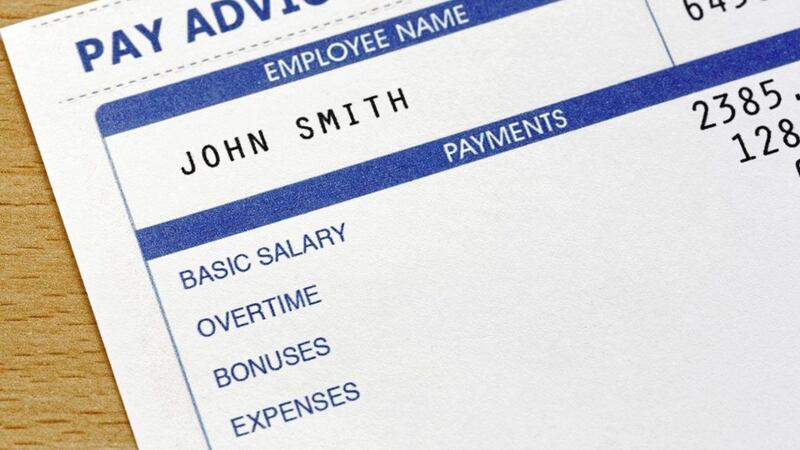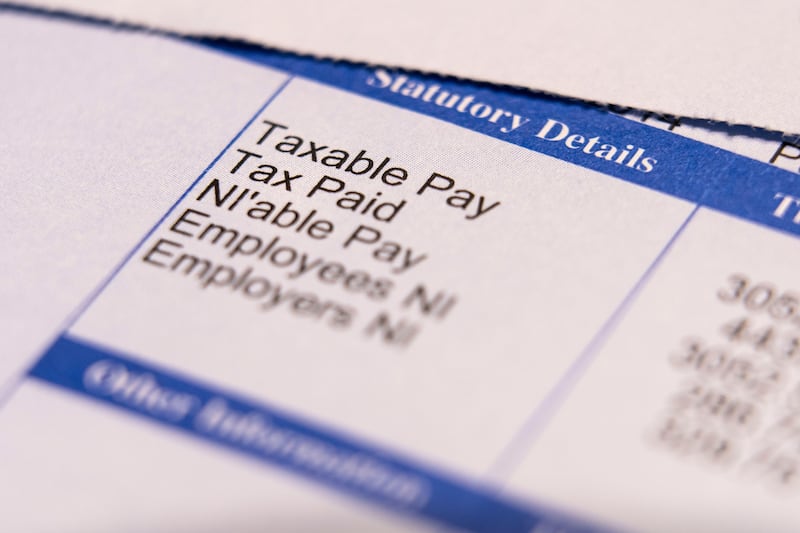AVERAGE weekly wages in Northern Ireland crept above the £500 mark for the first time in April, the government's annual survey of hours and earnings has revealed.
The figure of £501 is up 1.5 per cent from £494 in 2016.
But when adjusted for inflation, those pay packets are actually worth one per cent less than they did a year ago.
And the different in earnings between the public and private sectors remains huge at an average of £623 and £446 respectively.
Full-time employees in Northern Ireland still remain the "poor relations" on salaries, for in the UK as a whole, weekly earnings went up 2.2 per cent to £550.
Annual salaries in the north, at £25,999, are still the thick end of £3,000 lower than the UK average of £28,758.
And people here are working longer each week to earn less than in the UK - 38.2 hours against 37.5 hours across the water.
Meanwhile the Northern Ireland Composite Economic Index has shown a decline in total output of 1 per cent between quarter one and two this year.
Output fell in the production, services and public sectors, but construction was the one bright spot, experiencing relatively strong growth in the second quarter.
Danske Bank economist Conor Lambe said: “The drivers behind the slowdown in the Northern Ireland economy are the same as those affecting the rest of the UK – a consumer squeeze brought about by high inflation and Brexit-related uncertainty weighing down on business investment.”
Ulster University Economic Policy's senior economist Dr Esmond Birnie said: “The productive base of the Northern Ireland economy is not doing all well.
“Admittedly this data does tend to show marked volatility on a quarter by quarter basis (declines in output were registered in five of the last 18 quarters).
“Taking a longer term trend and so smoothing over some of the bumps may give a more realistic picture. In the year to the April-June 2017 quarter, output grew by 0.5 per cent. This is a bit better, but is still a very modest performance."






